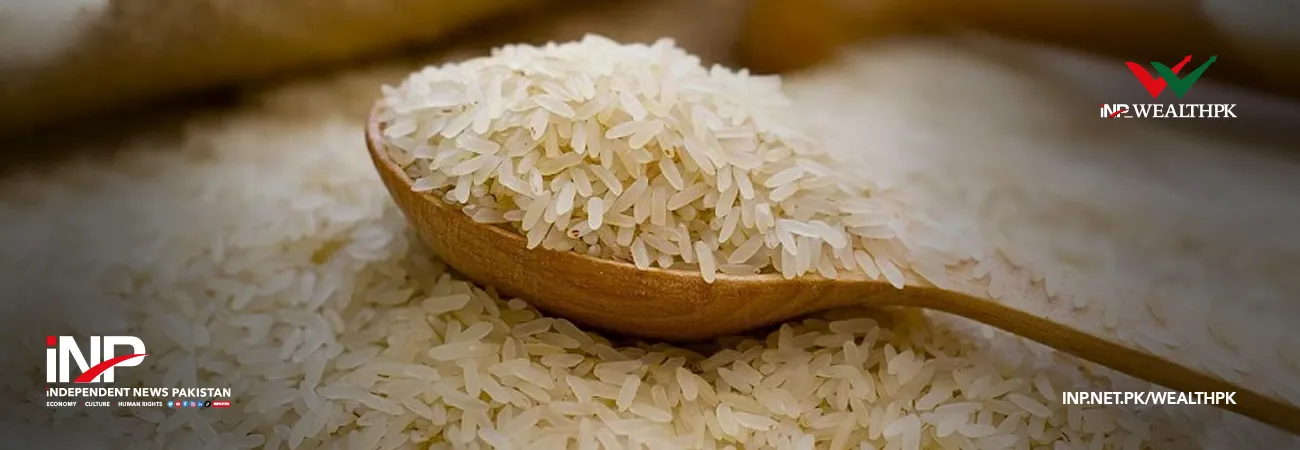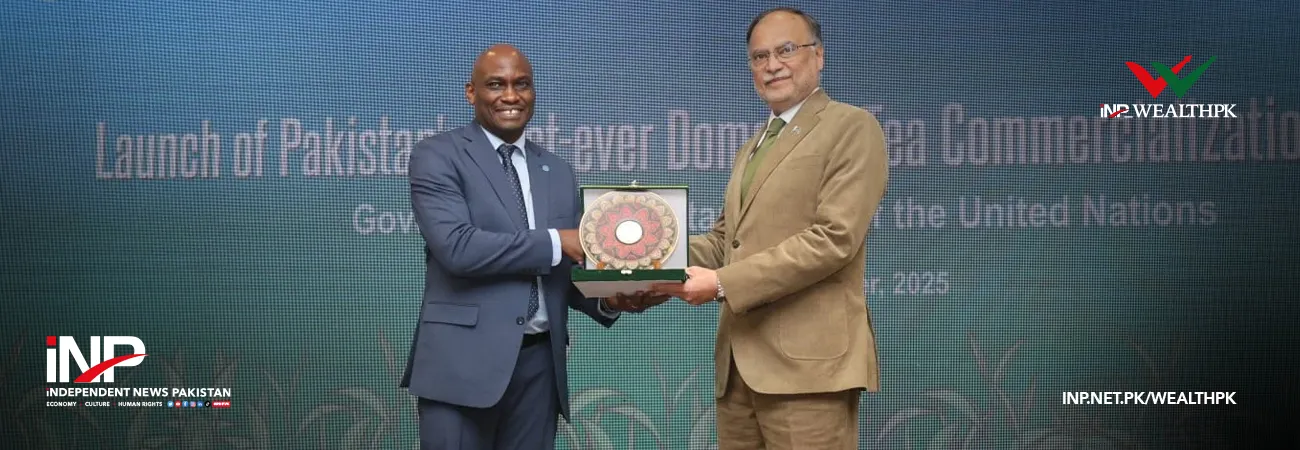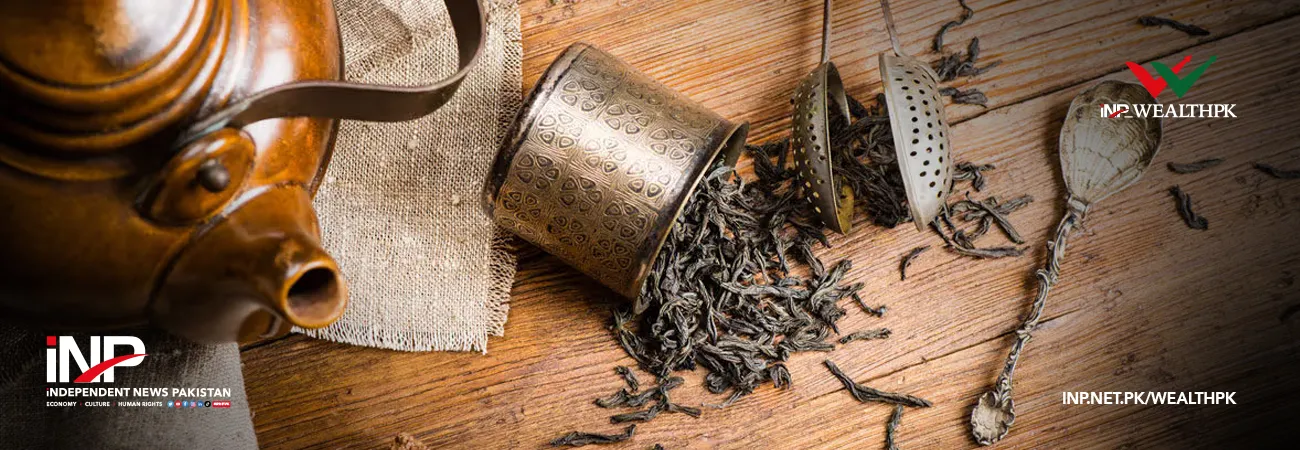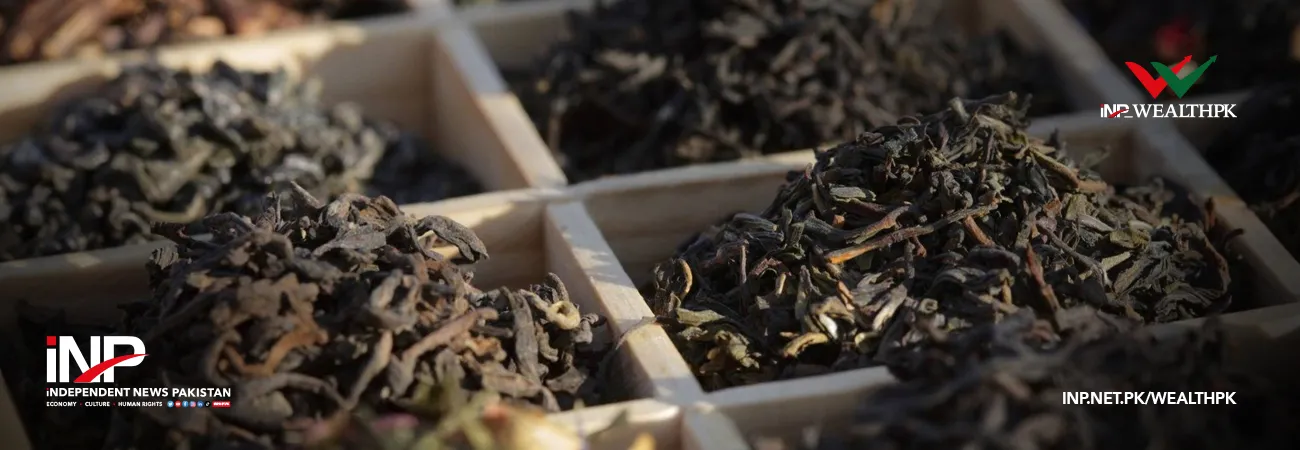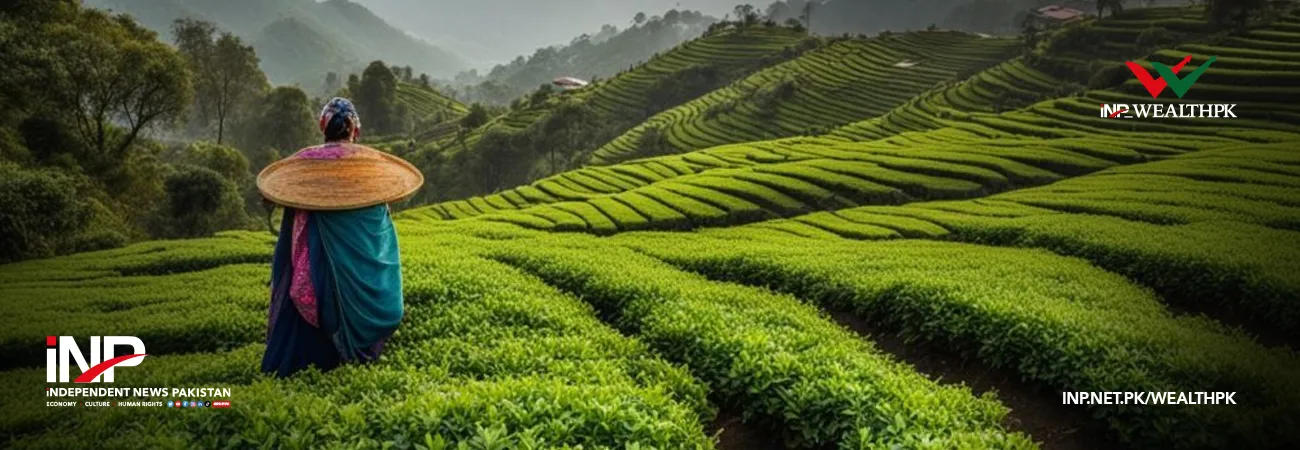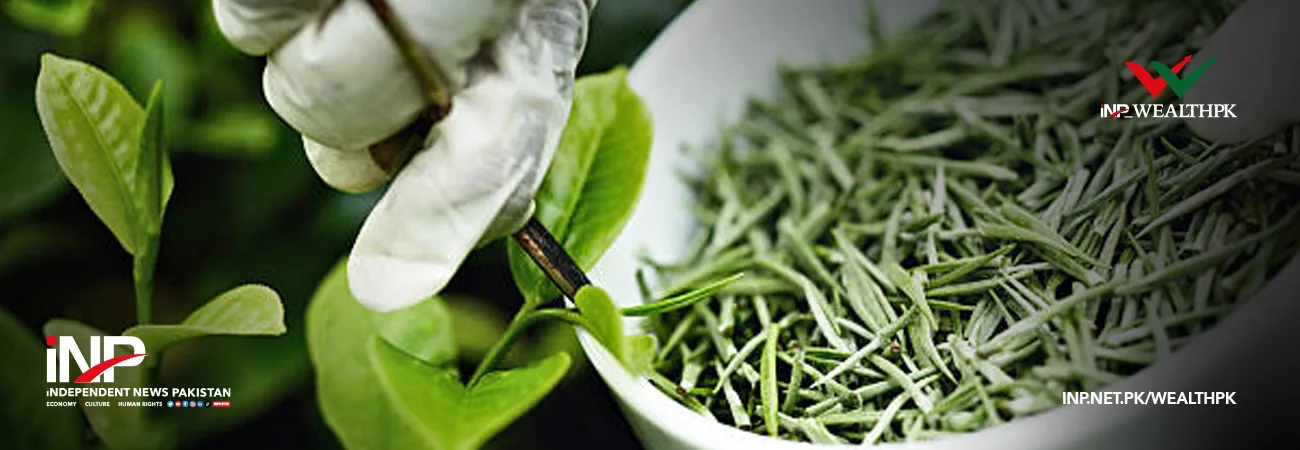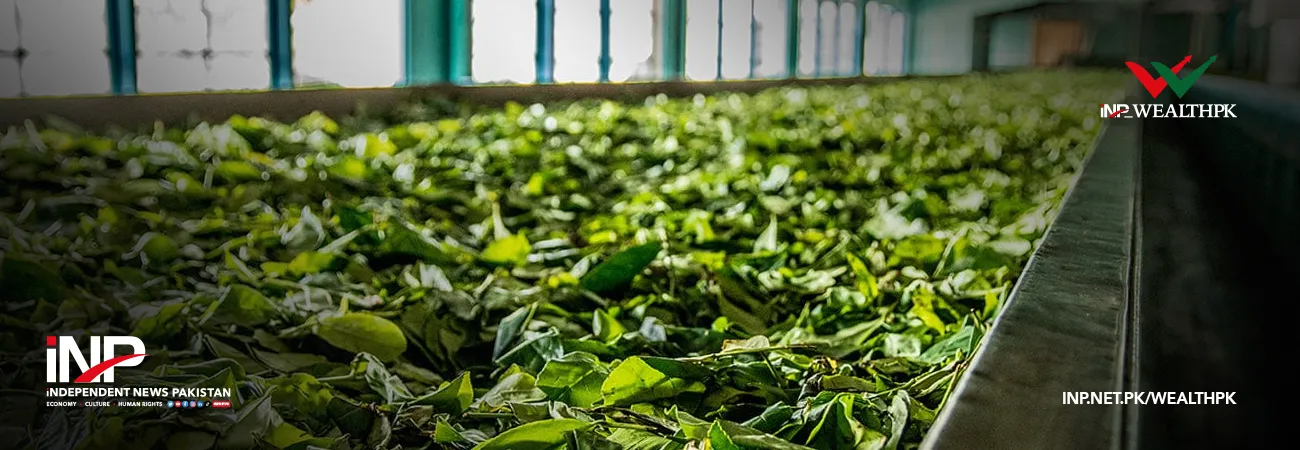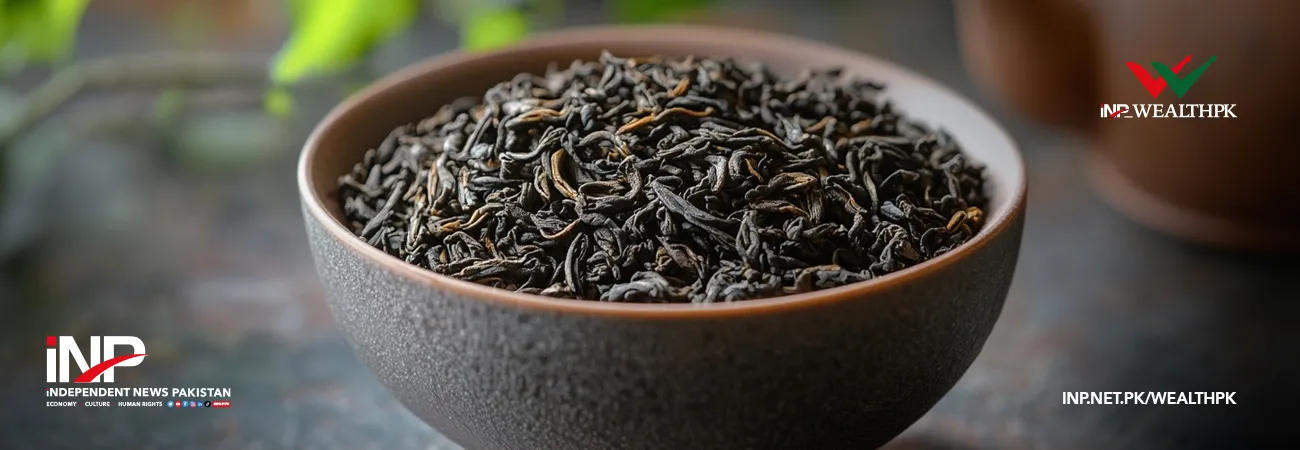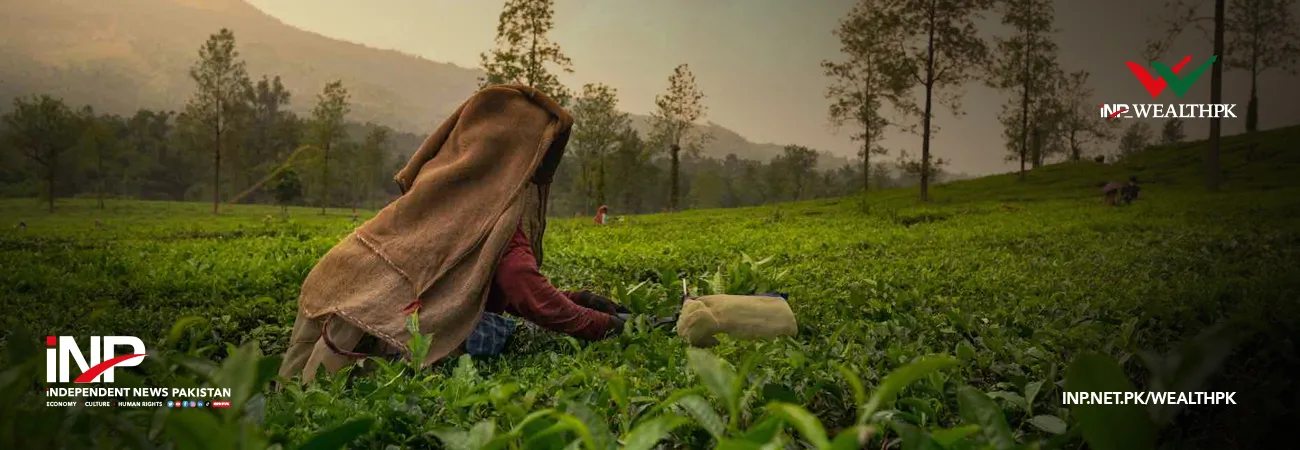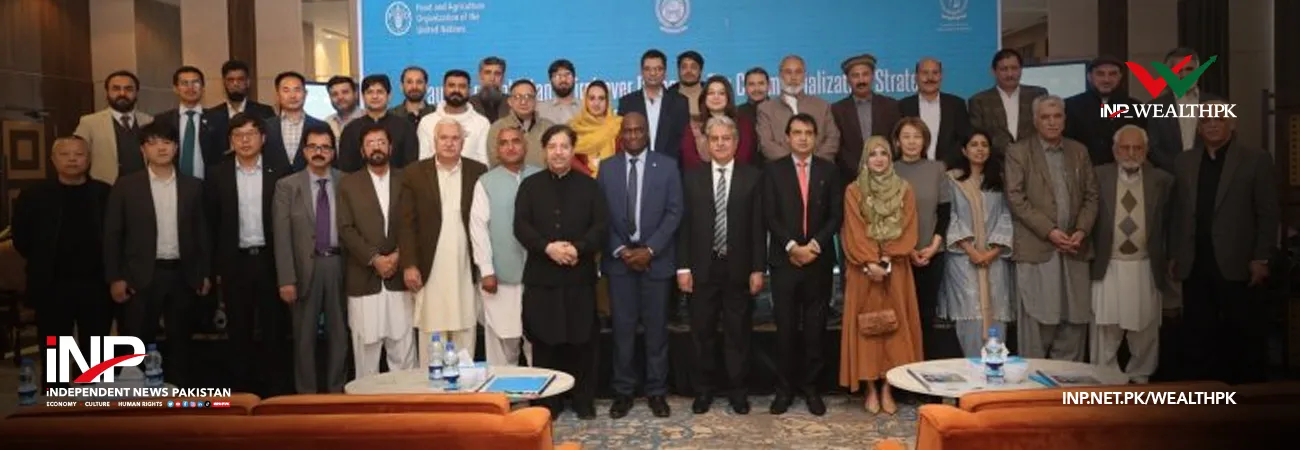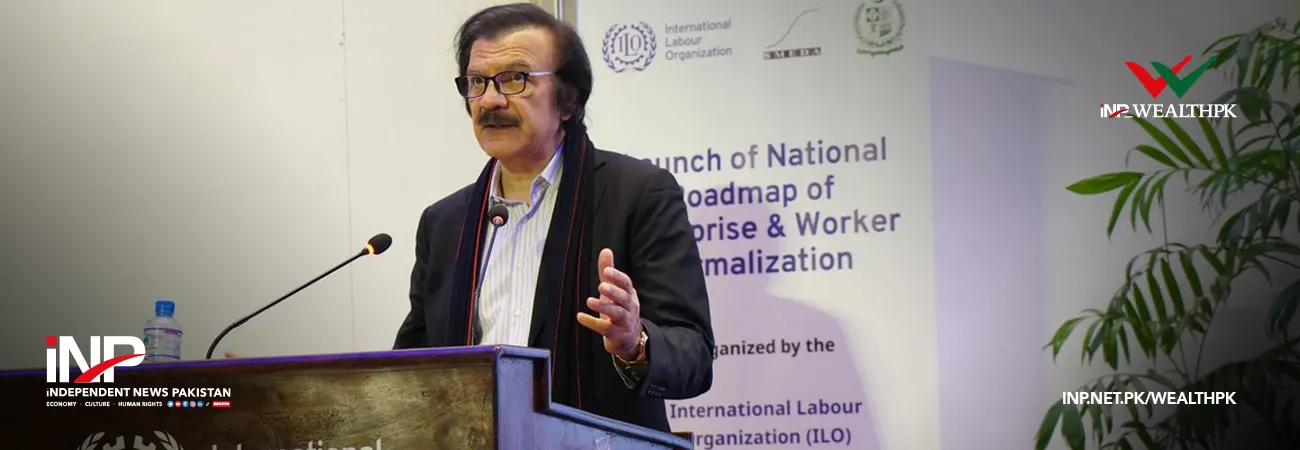INP-WealthPk
Moaaz Manzoor
Pakistan’s export basket in July 2025 revealed more than just the strength of textiles, showing encouraging signs of diversification, with fruits, made-up articles, and even basmati rice staging recoveries alongside the country’s traditional knitwear and garments.
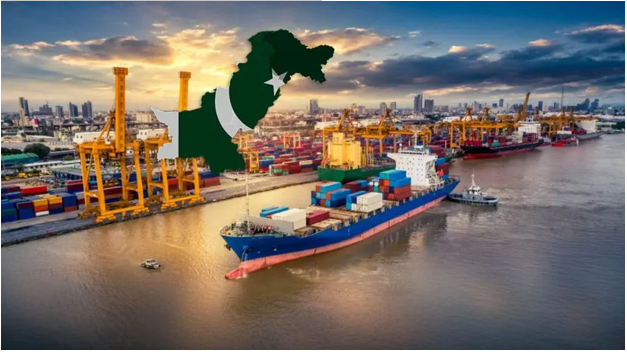
Provisional figures released by the Pakistan Bureau of Statistics (PBS) indicate a total of Rs762,746 million ($2.69 billion) in export proceeds, representing an 8.8% increase over June 2025 and a robust 16.4% rise compared to July 2024.
While knitwear (Rs145,799 million), readymade garments (Rs113,683 million), and bedwear (Rs84,180 million) remained the heavyweights, several other categories quietly posted double-digit growth, signalling a broader base for Pakistan’s trade earnings.
Exports posted encouraging gains in July 2025, with made-up articles (excluding towels and bedwear) rising 12.2% from June and nearly 48% year-on-year, while fruit exports jumped more than 59% month-on-month and 46.6% annually, reflecting strong regional demand.
Basmati rice also edged up 15% over June, though it remained below last year’s levels, suggesting room for recovery in the category. Cotton cloth exports, which had been sluggish for much of the past year, posted a sharp 16% rise in July over June, suggesting renewed orders from regional buyers.
Meanwhile, cotton yarn shipments fell 9.5% on a monthly basis but still stood slightly higher than last year, indicating a gradual shift in the textile chain toward higher-value-added products. Imports, meanwhile, grew more steeply, reaching Rs1,669,239 million ($5.87 billion), up 25.08% year-on-year.
While petroleum products and palm oil registered sizeable increases, the PBS data revealed two other telling trends: mobile phone imports more than doubled (130% year-on-year), reflecting the ongoing digital penetration across Pakistan, and iron and steel scrap imports jumped 74% month-on-month, hinting at industrial activity in the construction and manufacturing sectors.
The trade deficit in July 2025 stood at $3.18 billion, but analysts note that the surge in value-added textile and non-textile exports is cushioning the impact. Commenting on the performance, Muhammad H Shafqaat, Chief Executive Officer of Pakistan Textile Council, told WealthPK that sustaining this growth requires structural reforms.
“By providing regionally competitive energy prices to export-oriented industries, imposing regionally competitive tax rates, ensuring regionally competitive interest rates, and offering regionally competitive financing, Pakistan can maintain momentum. The rest may be left to exporters,” he said.
As global buyers diversify supply chains and regional uncertainties alter trade flows, Pakistan’s ability to expand its export mix from garments to food products could prove critical. July’s figures offer a timely reminder that while textiles remain the backbone, the country’s wider export base is beginning to show muscle of its own.
Credit: INP-WealthPk



